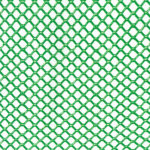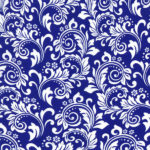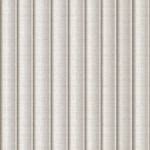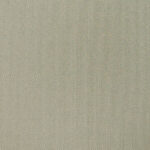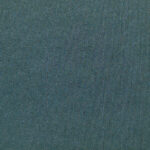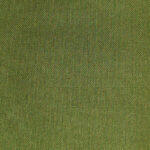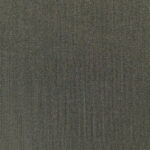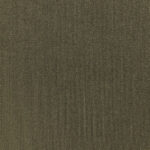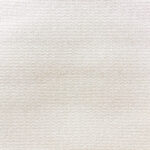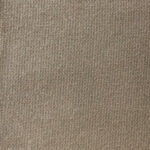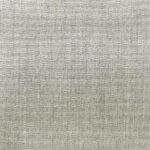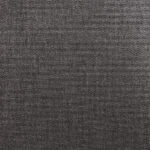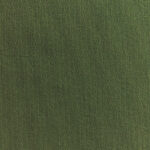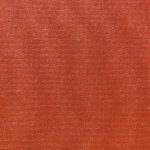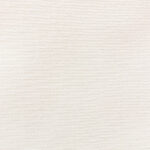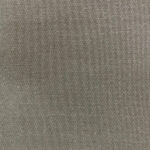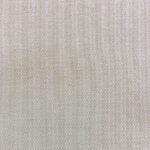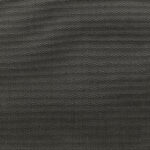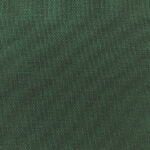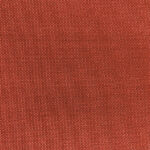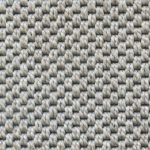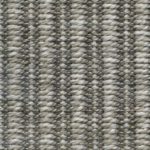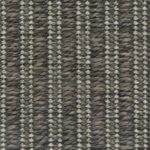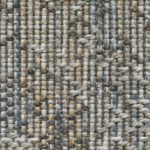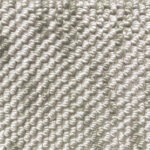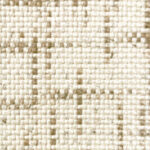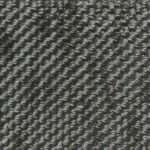Synthetic Fabrics
Acrylic fabric: a fibre whose base element is a polymer chain consisting of 85% acrylonitrile. Acrylic fibre combines the aesthetic qualities of a luxurious fabric with the texture and feel of wool with the functional qualities of resistance to the elements: UV resistant, it does not stain and does not rot upon contact with water as it is fast-drying.
Polyester fabric: a fibre composed of linear macromolecules consisting mainly of polyethylene terephthalate. It has excellent mechanical properties: it withstands breakage, light and abrasion. It does not deform permanently, it has an excellent elastic recovery and is waterproof.
Polypropylene fabric: these are fibers that are generally very fine, with a high surface tension, thanks to which water can pass through and flow out quickly. Strength and durability are among the main advantages offered by this material, which also provides good thermal insulation.
USE AND MAINTENANCE
Avoid prolonged contact with greasy substances and/or dyes or colorants that could be absorbed by the covering material and cause permanent stains, as well as deteriorating the yarn structure. In the case of use near the sea or swimming pools, periodic washing is recommended. Frequent washing: follow the specific instructions given on the label for each material. Use water and non-abrasive, colorless, neutral PH liquid detergents. If necessary, allow the detergent to act for a few minutes. Rinse thoroughly with water at a temperature not higher than 30°C (86°F). If pressure cleaning devices are used, keep the tip of the nozzle at a distance of at least 60-70 cm from the surface of the product. If necessary, repeat the operation. Do not use abrasive sponges to remove stains and do not treat with bleach or chlorine.

Polyester
- 900/92 Green Leaves
- 900/93 Green Net
- 900/94 Blue flowers
- 900/96 Red fishes
- 900/99 printed fabric
- 500/32 Beige
- 500/33 Indigo
- 500/34 Forest Green
- 500/35 Charcoal
- 500/36 Brown
Acrylic
- 81 White Pro
- 84 Beige Pro
- 21 Light Grey Pro
- 38 Dark Grey Pro
- 64 Green Pro
- 32 Brick Red Pro
- 03 White
- 15 Greige
Olefine
- 01 White
- 80 Beige
- 18 Light Grey
- 43 Dark Grey
- 90 Dark Green
- 33 Brick Red
- 24 Dark Grey
Polypropylene
- 900/40 light grey
- 900/41 Greige
- 900/42 Brown
- 900/43 Fantasy
- 900/44 Grey
- 900/45 Beige
- 900/46 Dark Grey


